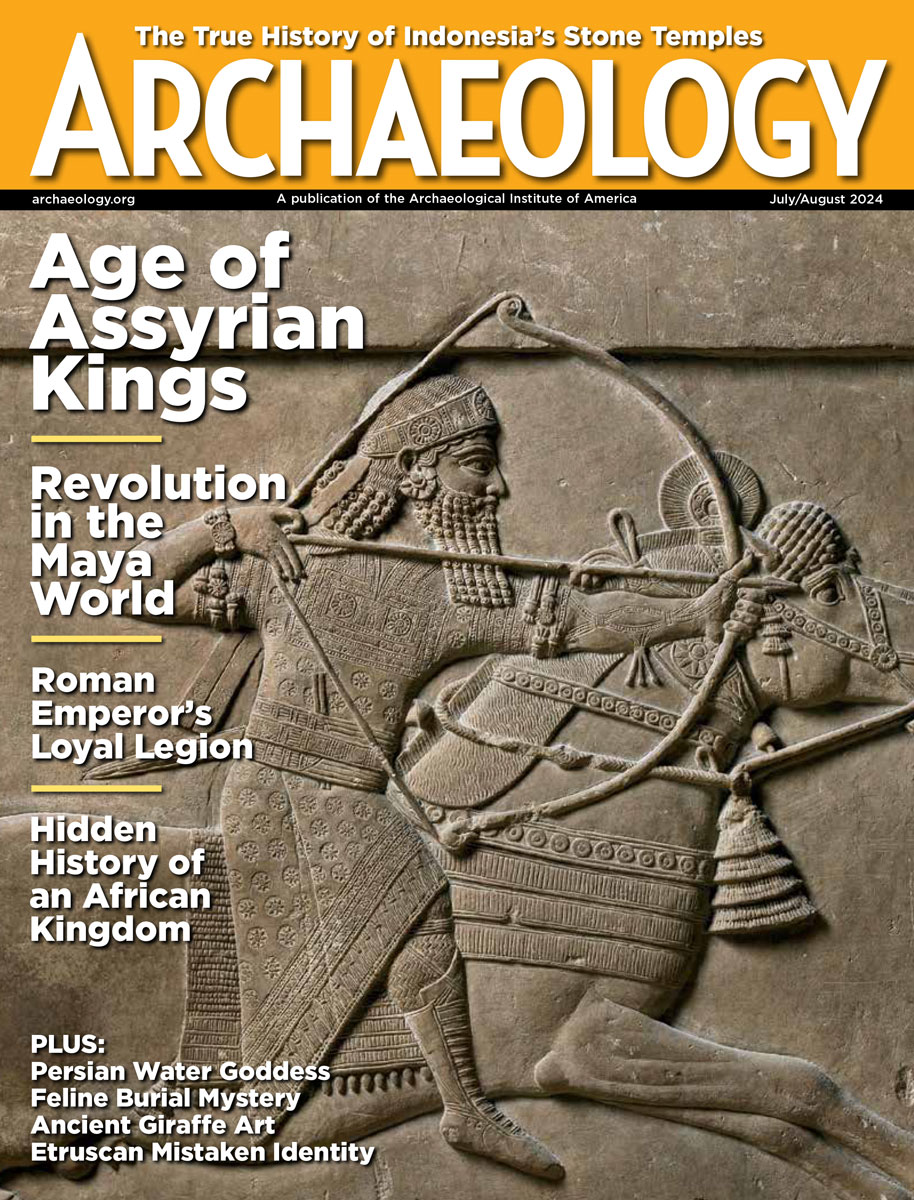Friday, September 4
by Jessica E. Saraceni
September 4, 2009
An unnamed Jaipur artifact dealer has been dubbed “India’s Medici,” suggesting that he has been selling so-called “toxic antiquities” on the world market. Experts expect that more stolen objects will be identified during the Indian investigation known as “Operation Blackhole.”
A sixth-century sculpture of the Hindu goddess Gajalakshmi was unearthed in Kashmir. The goddess, seated on a lotus throne between two lions, was carved in the Gandhara style. Â
Hunter-gatherers and early farmers lived side-by-side in Europe, according to Joachim Burger, a molecular archaeologist at the University of Mainz. The farmers may have come from as far away as Anatolia and the Near East.  Â
An 11,000-year-old fluted point was unearthed beneath a rock overhang in eastern Ohio. Â
Ohio’s Shawnee Lookout Park could be the home to the largest continuously occupied hilltop Native American site in the U. S. Carbon-dates for earthwork building materials suggest that the Shawnee people built earthworks, just as the Hopewell people did 2,000 years ago. Â
Pilgrims will walk the 70 miles from Chillicothe to the Newark Earthworks on the Great Hopewell Road whenever possible. Â
Archaeological discoveries have been made in the path of the Lewis and Clark Heritage Trail in Indiana. “This is a historic preservation district we’re in, so we want to preserve it,” explained Cheryl Ann Munson of Indiana University. Â
A mass grave at the site of a former tobacco factory in Alicante, Spain, may hold the remains of early nineteenth-century yellow fever victims.
Comments posted here do not represent the views or policies of the Archaeological Institute of America.









